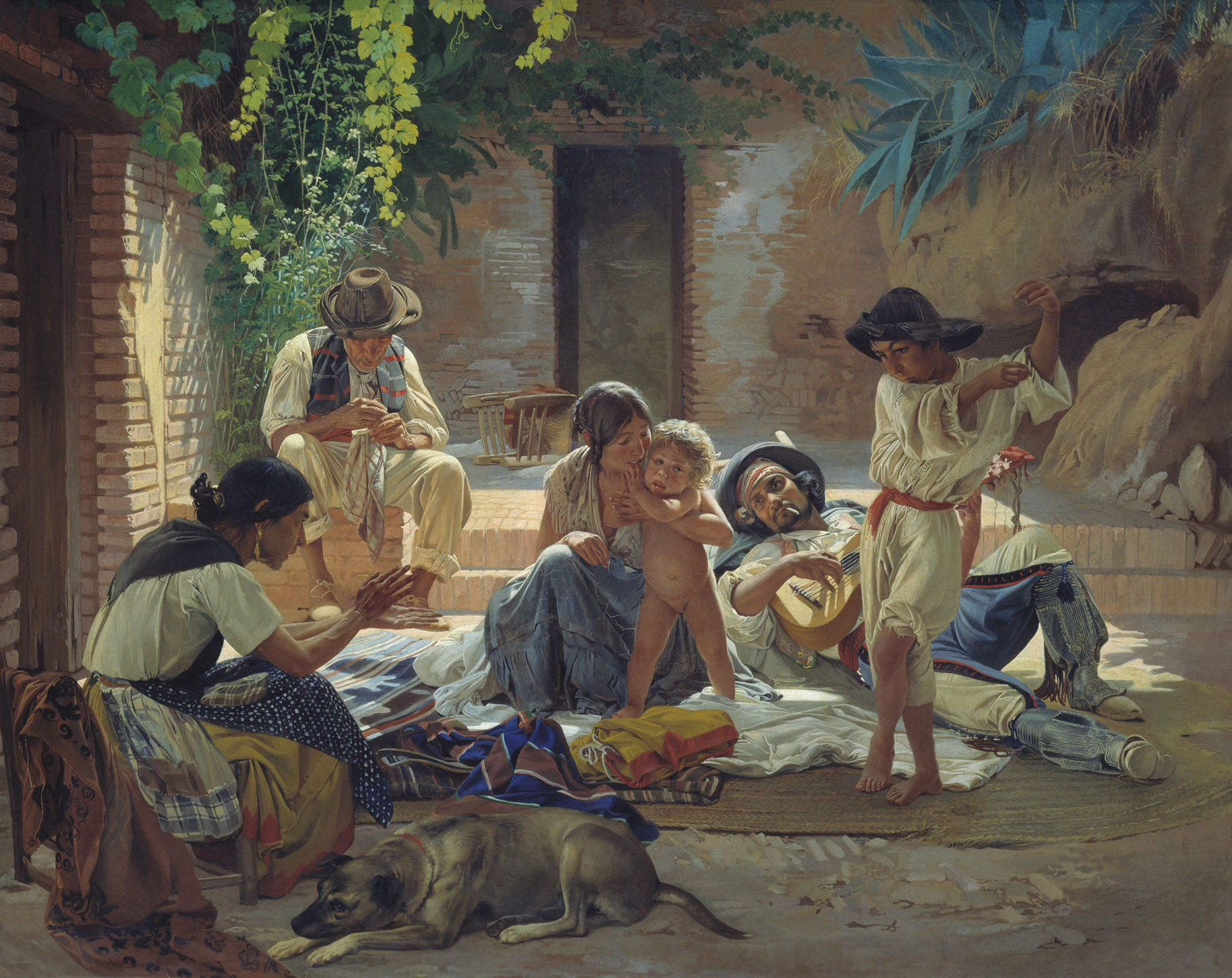Song of folkloric origin with a couplet of four verses, generally hexasyllabic.. It is of Latin American origin and became popular in Andalusia during the time of variety shows., moment in which flamenco singers adapt it to the times of tango. One of the first to record the rumba was La Niña de los Peines. Subsequently, two other schools of this suit have emerged., one in Catalonia: Catalan rumba- and another in Madrid: Broken Spout-. Pescaílla and Peret are the main representatives of this style in Barcelona, while Manzanita is the best-known rumbero in the capital of Spain.
Hubs
Upload/Select an audio or use external audio url to work this widget.
Upload/Select an audio or use external audio url to work this widget.
Upload/Select an audio or use external audio url to work this widget.
Upload/Select an audio or use external audio url to work this widget.
Upload/Select an audio or use external audio url to work this widget.
Upload/Select an audio or use external audio url to work this widget.
Upload/Select an audio or use external audio url to work this widget.
Upload/Select an audio or use external audio url to work this widget.
Upload/Select an audio or use external audio url to work this widget.
Upload/Select an audio or use external audio url to work this widget.
Upload/Select an audio or use external audio url to work this widget.
Upload/Select an audio or use external audio url to work this widget.
Upload/Select an audio or use external audio url to work this widget.



 Sevilla
Sevilla Málaga
Málaga Jaen
Jaen Huelva
Huelva Granada
Granada Córdoba
Córdoba Cadiz
Cadiz Almeria
Almeria A tourist and cultural vision of flamenco
A tourist and cultural vision of flamenco The Guitar, last to join.
The Guitar, last to join. The history of flamenco with respect to its geographical distribution
The history of flamenco with respect to its geographical distribution The present and future of the genre. The Fourth Golden Key of Singing.
The present and future of the genre. The Fourth Golden Key of Singing. The festivals
The festivals Revaluation of flamenco. Third Golden Key of Singing
Revaluation of flamenco. Third Golden Key of Singing The Flamenco Opera
The Flamenco Opera Flamenco in Madrid. The Pavón Cup. Second Golden Key of Singing
Flamenco in Madrid. The Pavón Cup. Second Golden Key of Singing The contest that took place in 1922 in Granada
The contest that took place in 1922 in Granada The great creators. The Golden Age. The Singing Cafes
The great creators. The Golden Age. The Singing Cafes Evolution. Hermetic Stage. First singers
Evolution. Hermetic Stage. First singers Origin of the word “flamenco”
Origin of the word “flamenco” First written references
First written references Musical background
Musical background